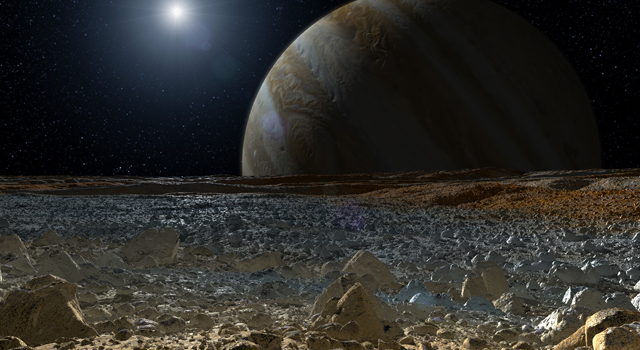
A handful of places is especially interesting when it comes to the probability of finding life within our own solar system.
Jupiter’s moon Europa is certainly one of these places to put your bet on. With its believed deep salty ocean beneath a thick layer of ice, it is indeed an interesting place to investigate more closely in our continued search for life beyond Earth.
Landing on is Necessary
The icy moon was the focus of interest in a recent paper published in the Journal of Astrobiology. This paper details how a possible mission to the moon with a lander would proceed. This lander mission would be able to drill, be equipped with advanced cameras and instruments. Several of which would be tools to examine and analyze whether the chemistry offers support of life as we know it.
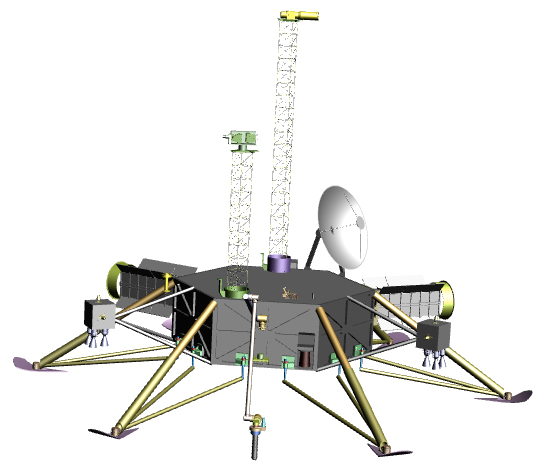
Lead author of the study, Robert Pappalardo writes in a NASA Jet Propulsion Laboratory press statement, “Europa is the most likely place in our solar system beyond Earth to have life today, and a landed mission would be the best way to search for signs of life,”.
Photos of Europa indicate a reddish colored icy slush that has been erupting at fractures on its surface. And scientists would surely like to study this “slush” in more detail.
There are certainly many questions that need answering regarding this peculiar slush and the moon in general. And many of these need a direct contact for sampling to provide satisfactory answers.
But short for landing astronauts on the moon, the idea for humans to endeavor all the way to Europa would be an inconceivable task within the near future. A robotic lander, however, would certainly be the best solution to answers some of the most urgent questions about the moon.
The paper details the science that could be done by such a lander. And among these, the lander would be able to examine surface materials that have erupted at one of those surface fracture features, and analysis similar to the method used by the Curiosity rover would include analysis of biomarkers that have potentially been carried up from the deep ocean beneath.
Ice, heat, oxygen and life?
Another recent study presents the possibility that the (possibly 100 miles, 160 kilometers) deep extraterrestrial ocean is being fed much more oxygen than previous models had suggested. An amount of oxygen that would be enough to support complex forms of life, and not just microscopic life. The study presents the idea that oxygen is created when charged particles from Jupiter’s magnetic field hit the ice.
The reason to why the ocean is believed to be liquid and not frozen is due to friction caused by Jupiter, stretching the moon and heating its interior. Some million years after this continues stretching had begun, the oxygen levels reached its current level, which would actually exceed the levels in Earth oceans.
This paper suggests that the “slush” that seems to be oozing up through cracks in the ice and freezing on the surface would be part of a process. That is is oozing up at the same rate as the older ice sinks and melts into the liquid interior – which would explain why there is very little evidence of meteors hitting the surface.
NASA Juno
NASA’s Juno probe will go into orbit around the Jupiter system around July 4, 2016. It will probably be tasked to help to pin down potential landing sites for a future Europa lander mission using its high-resolution cameras. But the main mission focus of Juno is Jupiter.
It was launched in 2011 and when arriving at Jupiter after its 5-year journey, the spacecraft will examine Jupiter and its “mini-star-system” of moons. Juno is packing an impressive set of different instruments and these instruments are to fulfill its many mission objectives:
- To measure the abundance of water in Jupiter
- To estimate Jupiter’s core mass
- Map Jupiter’s gravity
- Assess the distribution of mass in Jupiter’s interior
- Map Jupiter’s magnetic field to assess its origin
- Measure the structure and depth of Jupiter’s magnetic field.
Several future missions to Europa has been proposed. Such as a probe-mission that would drill itself through the ice using heat generated by a nuclear reaction. This is a concept that has been actualized recently when drilling into the sub-arctic lakes at Antarctica.
NASA will probably announce a future mission to Europa within the next few years, stay tuned.
_______________
Strong ocean tidal flow and heating on moons of the outer planets
Is Europa Habitable?
Juno Science Objectives
______________________________


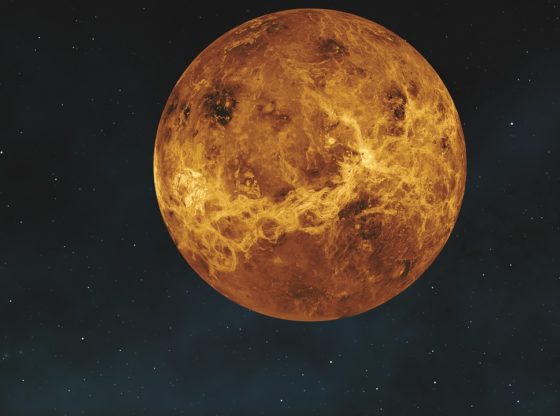
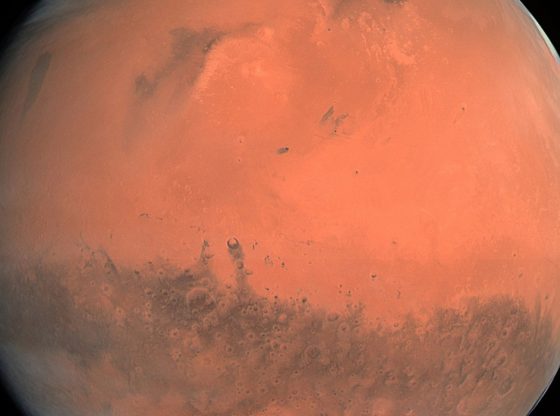
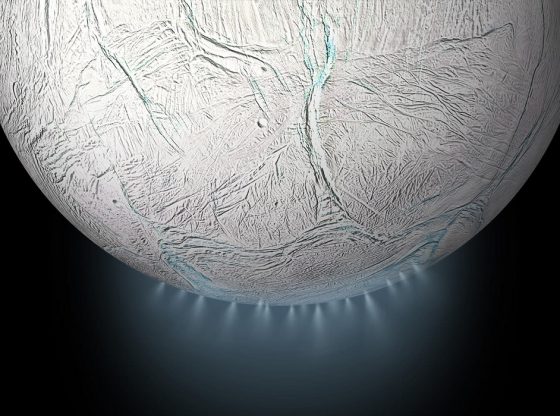
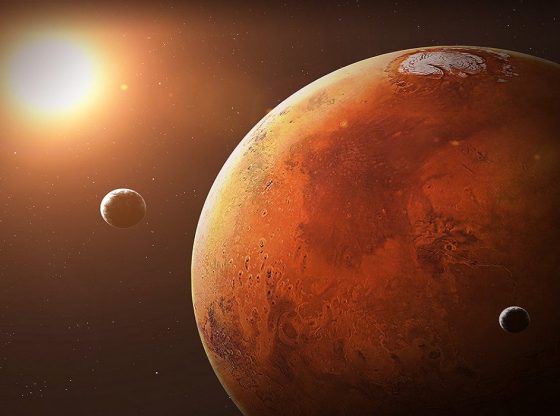
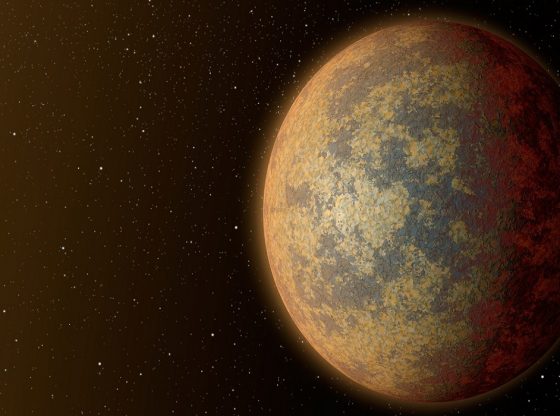
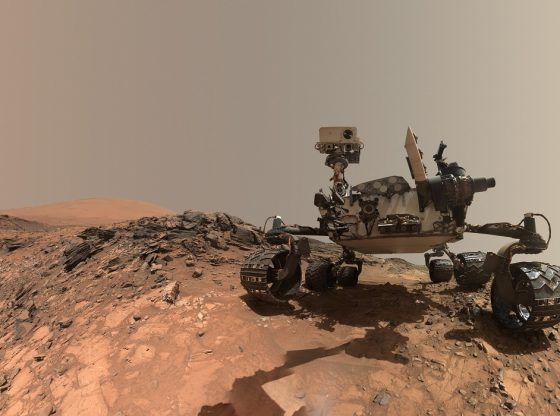
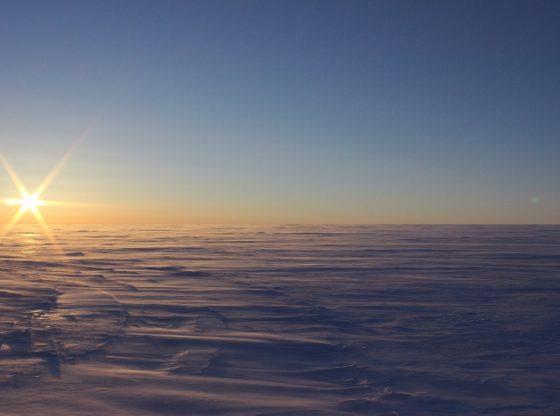

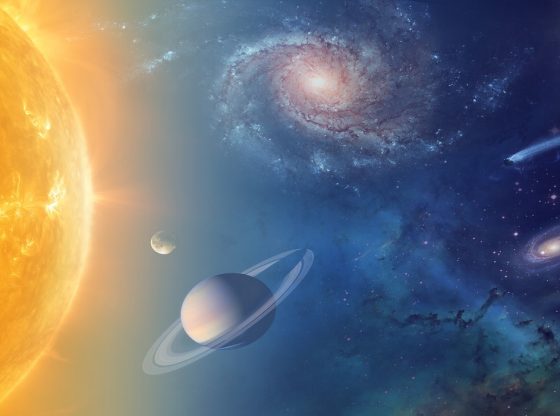
![OpenAI. (2025). ChatGPT [Large language model]. https://chatgpt.com](https://www.illustratedcuriosity.com/files/media/55136/b1b0b614-5b72-486c-901d-ff244549d67a-350x260.webp)
![OpenAI. (2025). ChatGPT [Large language model]. https://chatgpt.com](https://www.illustratedcuriosity.com/files/media/55124/79bc18fa-f616-4951-856f-cc724ad5d497-350x260.webp)
![OpenAI. (2025). ChatGPT [Large language model]. https://chatgpt.com](https://www.illustratedcuriosity.com/files/media/55099/2638a982-b4de-4913-8a1c-1479df352bf3-350x260.webp)








